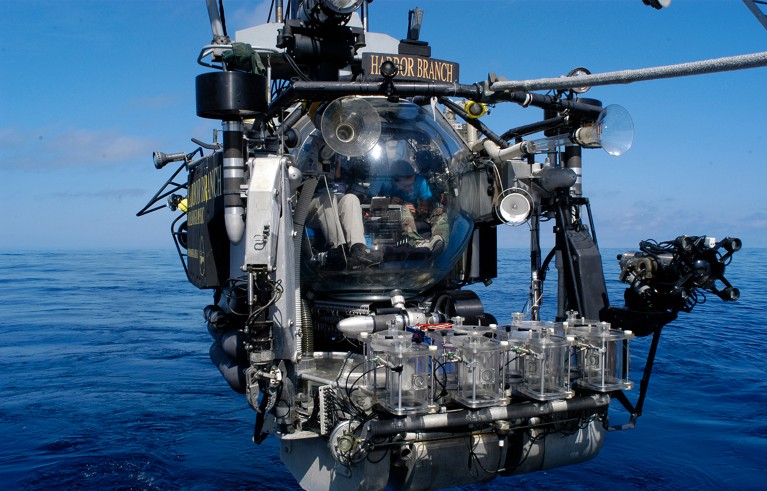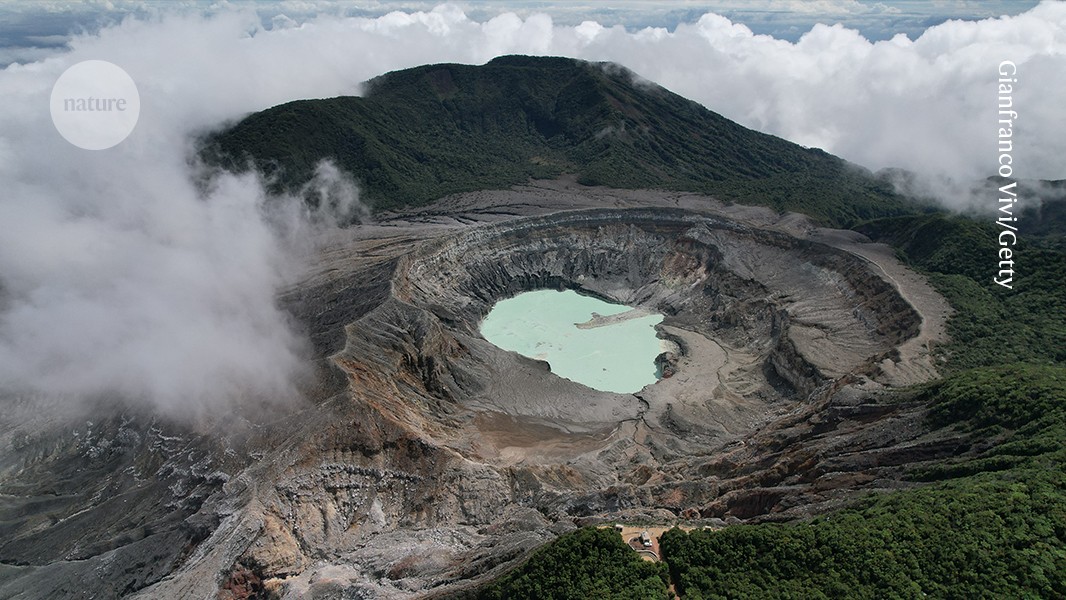Intraterrestrials: Discovering the Strangest Life on Earth Karen G. Lloyd Princeton University Press (2025)
Is there such a thing as a ‘beach read on microbial thermodynamics’? That was how Karen Lloyd, the author of Intraterrestrials, informally billed her book when talking to her friends in science (including myself) — and at a beach-bag-friendly 200 pages or so, this lively and compulsively engaging book is an unusual page-turner. Lloyd, a geomicrobiologist, expertly guides readers who have a taste for biological adventures to ‘intraterrestrial’ life: microorganisms that survive under the most extreme environmental conditions, such as in Earth’s deep sediments, deep ocean crust, volcanoes and permafrost soil.
Glaciers are not just blocks of ice — plans to save them mustn’t overlook their hidden life
The encounters include microbes that have never been cultured before, or that can live on extremely limited energy supplies, or that persist in states of suspended animation, their biological functions slowed or paused for thousands of years. The intraterrestrials in the title echo the extraterrestrials that might populate other planets and moons. But there’s no need to search far for alien-like life: surprising microbes thrive here on Earth.
Lloyd reports on this research frontier and its big-picture implications from a front-row seat, as a seasoned geomicrobiologist who has made major contributions to the unfolding story of intraterrestrials.
Far-flung places
Sampling and studying these micro-organisms is difficult — and sometimes dangerous. Dealing with the challenges and keeping reasonably safe requires teamwork, portrayed here with the right balance of light-hearted banter and ominous foreboding. Lloyd brings the reader along as she collects gas-rich sediments and microbial mats aboard a deep-sea submersible in the Gulf of Mexico; samples sulfurous gas fumaroles in Andean volcanoes; resurrects microbes by drilling Arctic permafrost soil on the Norwegian Arctic archipelago of Svalbard; and experiences hypothermia on a part of the North Carolina coast she thought she knew well.
In one colourful episode, Lloyd and her collaborators descend into the Poás Volcano in Costa Rica to sample microbes in its picturesque turquoise-green crater lake, hoping that the volcano will not erupt there and then (it did so 54 days later, the blink of an eye in geological time). Falling into or even touching the lake ‘water’ during sampling — while precariously standing on ground at a boot-melting 100 °C and leaning over with a syringe — is not advised: with a pH lower than 1, its concentrated mix of sulfuric and hydrochloric acid is acutely toxic. Lloyd’s adventures are briskly paced and set the stage for tackling challenges such as the physiology of acid-adapted microbes and their mode of energy generation, which not only tolerates but often requires high acidity.
Probing the extremes
Largely out of sight, intraterrestrials have, over billions of years, diversified into a veritable forest of microbial evolutionary lineages that are gradually being explored and mapped. The principal tool for this is metagenomic analysis: sequencing DNA extracted from entire microbial communities, then sorting gazillions of gene snippets into reconstructed genomes and finally deciphering their enzymes and biochemical pathways to provide the metabolic blueprint of each organism’s capabilities.

Submersibles can sample life on the ocean floor.Credit: David Shale/NPL



